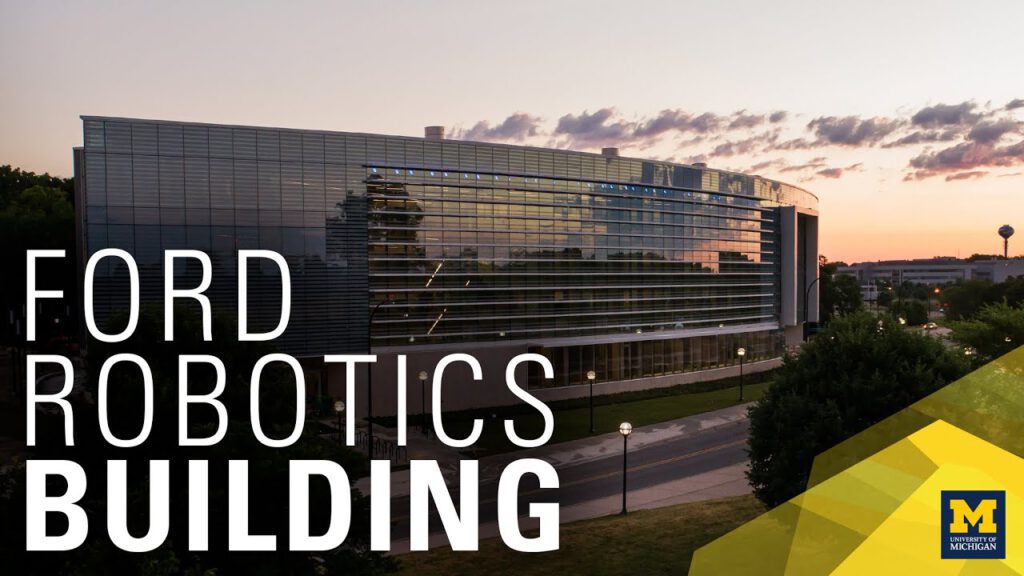
In recent years, the Ford Motor Company has been making significant investments in self-driving and robotic innovations. Capturing recent headlines — and the hearts of consumers — was the 2022 Maverick, Ford’s new electric small pickup truck. While the announcement of a new vehicle is always exciting, the R&D efforts that paved the way to production are also very impressive.
A recent Nikkei report highlights a 260 percent increase in Ford’s competitiveness in self-driving patents, compared to the previous study. With 1,195 patents and a top competitive score of 6,054, the article attributed much of Ford’s surge to the top to its recent acquisition of Quantum Signal AI. The company which is based in the Ann Arbor region focuses on mobile robotics, modeling, and simulation.
Another major investment by Ford in the future of robotics is the new Ford Motor Company Robotics Building located on the University of Michigan’s north campus in Ann Arbor. Part of the university’s College of Engineering, the 134,000-square-foot, four-story complex has an entire floor dedicated to Ford’s first robotics and mobility research lab on a university campus, as well as 100 Ford researchers and engineers.
The Ford Motor Company Robotics Building complements Mcity, U-M’s proving ground for testing the performance and safety of connected and automated vehicles and technologies.
Ford and the university are also participating in a significant, public-partner initiative to develop a first-of-its-kind corridor for connected and autonomous vehicles. The Michigan Connected Corridor will connect Ann Arbor and Detroit, bridging the investments Ford is making in both cities. Learn more about the company’s major renovations of the iconic Michigan Central train station which features an inclusive, vibrant and walkable mobility innovation district in Corktown, Detroit’s oldest neighborhood.
There are thrilling mobility innovations on the horizon and the Ann Arbor region is attracting significant investments to advance and expedite industry R&D efforts.